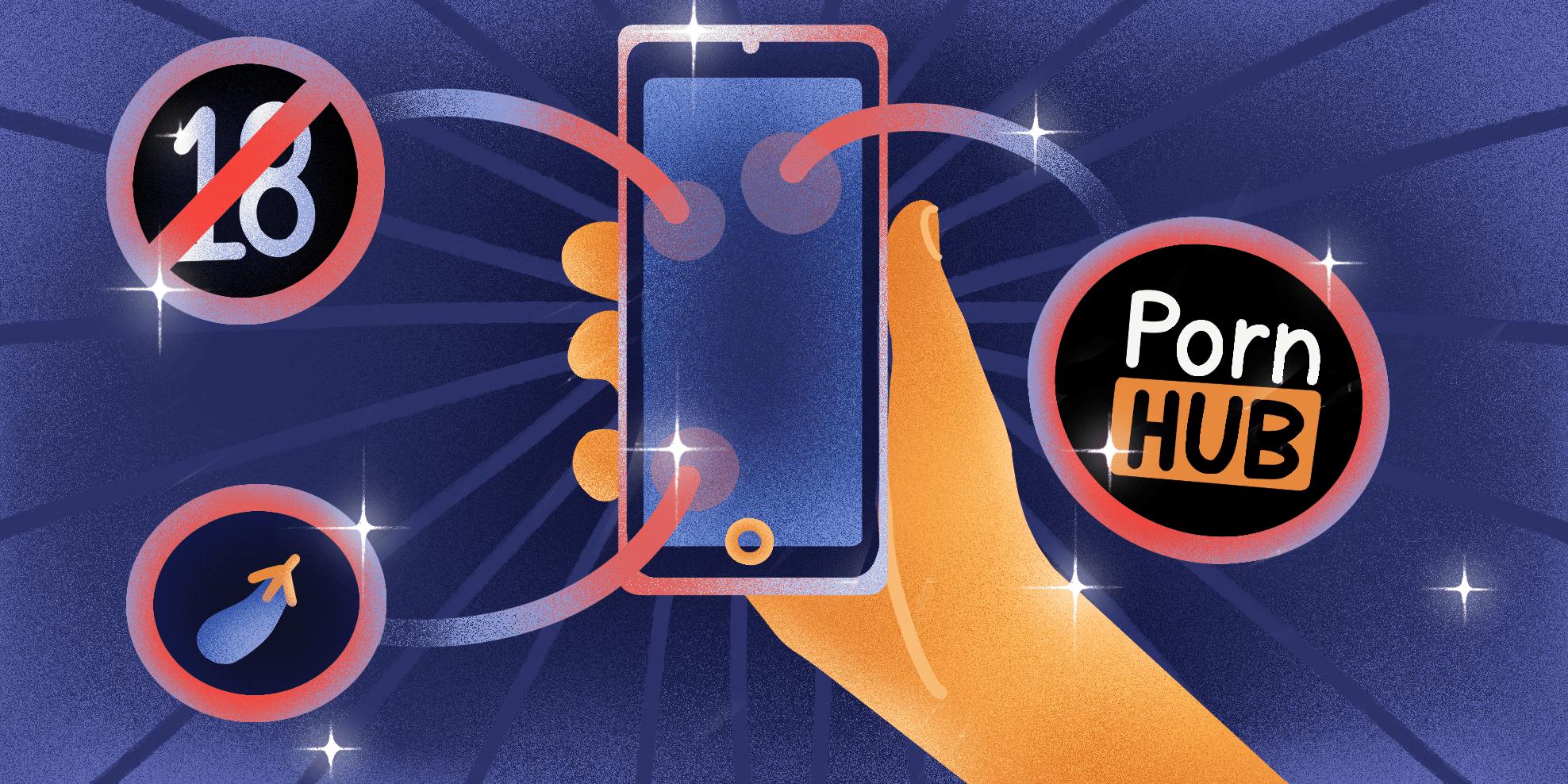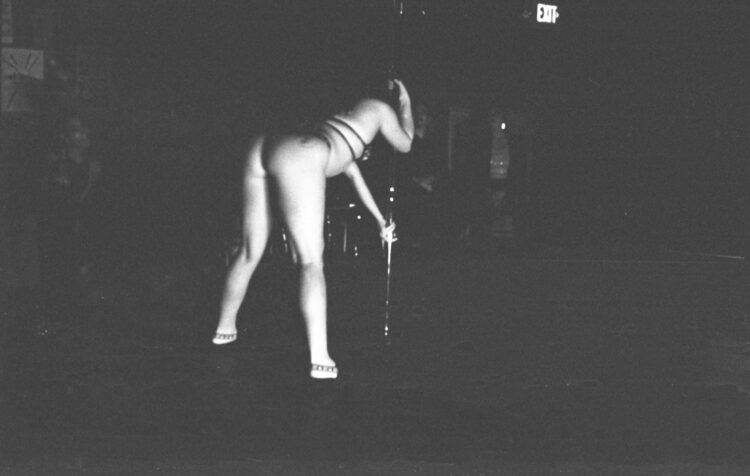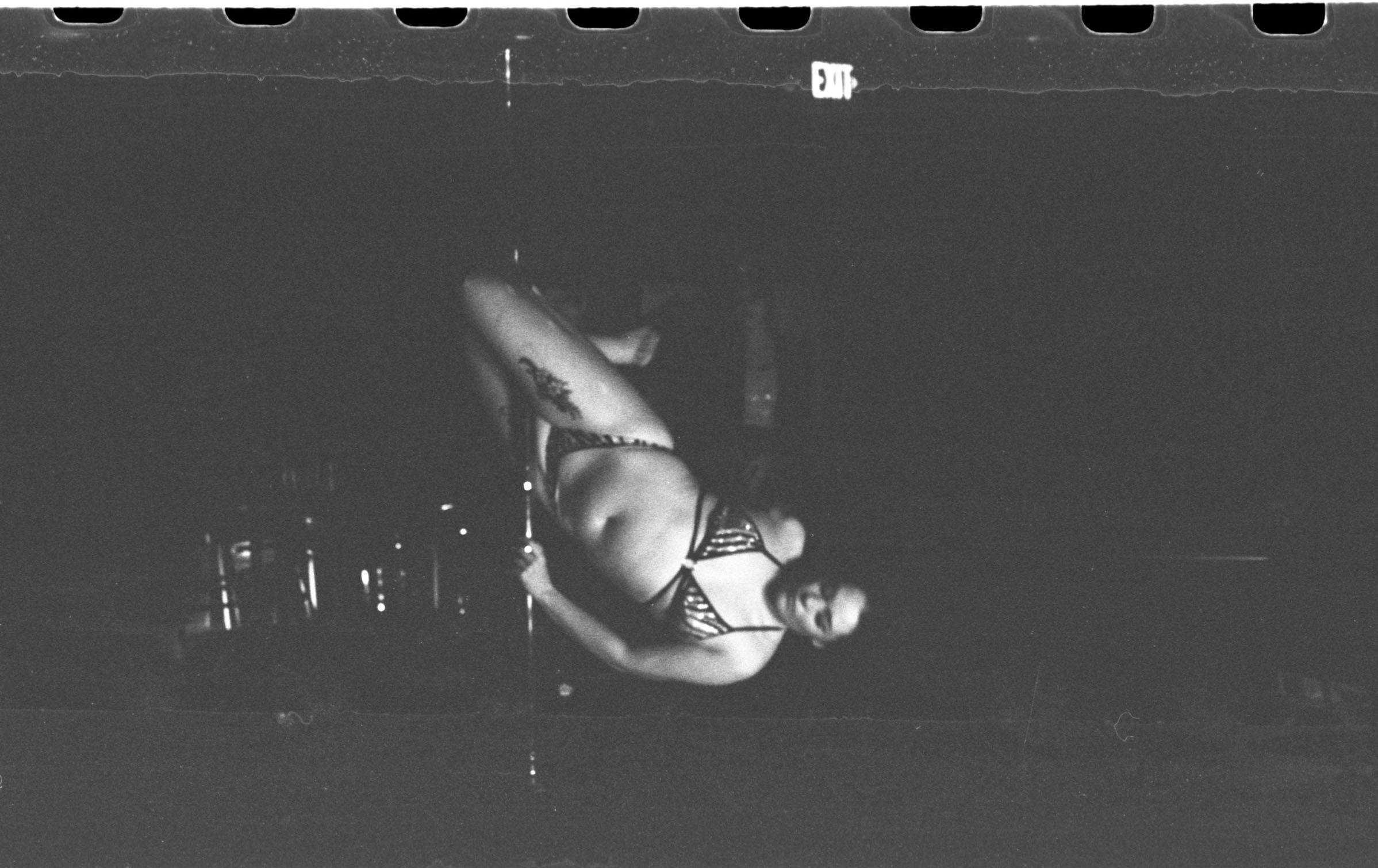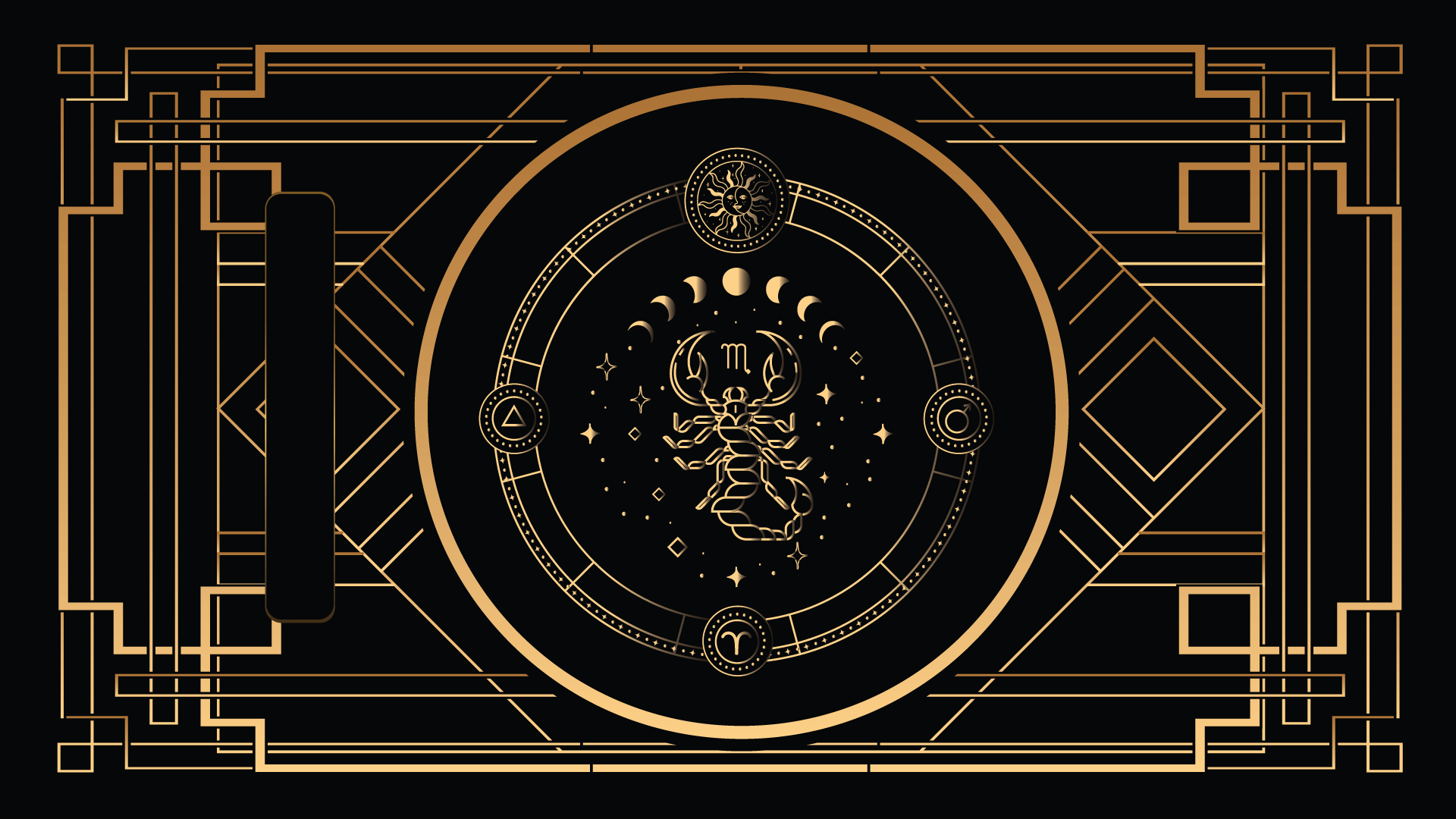
Raise your hand if you’ve ever seen a pornographic video. Would you consider it art? What about the dance routine of a stripper?
Sex work, and the creation of pornography, straddles the boundaries between entertainment and art.
In our modern society, sexual content is most accessible in the form of adult clubs and filmed videos. The era of technology has opened up pathways for the work of dancers and webcam models (a video performer that broadcasts live content as camera work) to become popular outside of sexual spaces like social media. This raises a question about how we perceive sexual acts and sex work in our society.
Let’s begin: Is sex work entertainment?

Marie — a self-proclaimed sex worker from New England (who is choosing to be referred to by her stage name in this article) and producer of the pop-up strip event Queer Strip Night— agrees that both stripping and camera work are forms of entertainment. As Marie explained, there is an exchange of energy between performer and spectator. Like any music, sport, or cultural event, the spectator is paying with time or money to watch, and the performer is there to be perceived. The only difference between these other types of events and stripping is the stigma around sex.
Strip clubs are designed to be hubs of entertainment. Marie said this is “because of the bar, the TVs, the food, the theme nights, birthday packages, and DJs.” Strip clubs are spaces of spectacle and enjoyment for customers.
Online sex work (like pornographic material on the website OnlyFans) is also a form of entertainment in Marie’s eyes, “similar to watching a movie.”
“Pornography is entertainment in that it is made to provoke an immediate reaction in the viewer,” said Naief Yehya in an interview with F News Magazine; he’s a New York City writer who has analyzed the topic of pornography for more than 30 years. Yehya went on to say that comparing the workings of pornography to other forms of non-sexual media is relatively easy because they are both trying to accomplish the same thing — a reaction — but with different emotions.
How did sex work become entertainment?
“Pornography turns bodies into a product, and it’s the film medium that gives customers access to the merchandise,” said Yehya.
The history of modern pornography is rooted in the entertainment business. “Sex work is the profit of the body … there has always been a skin market, and the natural outlet for it is cinema,” said film director Spencer Delorenzo when talking to F News Magazine.
Starting in 1934, The Hays Code — a self-imposed, industry-wide set of restrictions — prohibited the depiction of violence and sexual acts in Hollywood movies. It wasn’t until 1968 that the regulations were repealed, and filmmakers were allowed to explore explicit content in their material. This shift in film coincided with the cultural shift of the ’70s and the sexual liberation movement that defined it.
Andy Warhol’s 1969 “Blue Movie” was the first theatrically distributed film depicting sex. In a little over 100 minutes, two characters have a brief conversation about the Vietnam War and then engage in unsimulated sex. It kick-started what is known today as the Golden Age of Pornography, taking place from 1969-1984.
During this time, there were two models to follow for the creation of pornography: shooting individual sex scenes or telling a narrative. Creators leaned towards the latter because the narrative form allowed these people to tell a story and share a message or aesthetic that was greater than simply displaying a sexual act.
“Rather than fading to black, as we do now, the story would go on,” says Yehya. The goal was to capture and unveil “the secret of pleasure” that culminated in the mystery of orgasm. It was an artistic endeavor with a practical result.
“During the Golden Era of Pornography, filmmakers dipped their feet into porn with beautiful pieces with a plot so that the masses could muster it,” Delorenzo says.
There was never a doubt that the leading question was how to sell it.
The internet opened a new era of permissibility with less stigma around pornography. Whereas once the making of pornography through a studio was dangerous and expensive (as it was filmed, produced, and distributed in secrecy), Pornhub and other online platforms made the consumption of pornography almost free.
The creation of pornography shifted into the hands of the average person: anybody could now participate with very little resources.
“Giving the power to the performer to own their image and reclaim their sexuality gives me hope,” Yehya said. He continued, “It’s a step in the right direction.” This permissibility has only grown with the launch of websites like OnlyFans, a site that is often branded as “ethical porn”. These websites’ mode of operation gives sex workers more freedom and control, as Yehya said, on how they want to be perceived, what they want to do on camera, how much they want to charge for admission, and more.
Delorenzo said this progress of events, from the studio to the home, was obvious. “Sex is fun, people enjoy talking about sex and having sex, and pornography is just an extension of that love for sex but on a screen.” As technological advancements made pornography easier to make, more people would want to make it.
So, if sex work is entertainment, can it also be art?
“Pornography is a constant in art,” says Yehya. “From medieval prayer books to the Secret Museum of Pompeii, pornography is everywhere.” The issue, according to him, is that “we have drifted to a place in history where art has become problematic, hard to judge, define, and evaluate … art nowadays is for provocation or for the market.”
It is these markets that define and choose what art is. An example is Robert Mapplethorpe. Mapplethorpe was an American 20th-century photographer known for his black-and-white pictures often depicting explicit sexual themes. Is his art erotic or pornographic? Both? On one hand, his art could be considered high brow because the market says it is … in the way pornography is labeled and sold as pornography because the market says so. On the other hand, as mentioned above, the desire to create beautiful pornography is latent amongst every generation of sex workers. The defining quality of each is who the market can sell to.
“Stigma and censorship are arbitrary based on the market and social cues,” says Yehya.
Delorenzo’s favorite example is “Alice in Wonderland’s X-Rated Adventures” (1976). This film by Bud Townsend, William Osco, Bucky Searles, and Jason Williams depicts Kristine De Bell as Lewis Carroll’s Alice losing her innocence in Wonderland. What makes this musical unique is its originality. Searles wrote an 80-minute composition with nine new songs — set to a full orchestra — for this film.
“It was a creative exercise,” says Delorenzo. With a budget of $500,000, for intricate costumes, set design, and cinematography. The film reads as a passion project that pushed the boundaries of genre. Is it art or entertainment?
In an interview with The Rialto Report, Williams spoke about the strange choice to make a pornographic film that is also a musical and a children’s fairy tale. He said, “Our job is to entertain, and any time we have a person’s attention we’re entertaining.”
Although the creator stated that the purpose of the film is entertainment, it is impossible to ignore its artistic qualities. Kristine De Bell went on to be a mainstream Hollywood actress, starring alongside Bill Murray and Jackie Chan in comedies like “Meatballs” (1979) and “The Big Brawl” (1980), solidifying the artistic merit of her acting.
Even just naming Andy Warhol as an originator of this cultural movement makes it impossible to separate art from entertainment when creating pornography.
But this discussion will remain an abstract, intellectual conversation unless understood from the perspective of the peoples’ lives which it directly influences.
Do sex workers consider sex work art?

“I want to say yes, but I also want to say no—it’s work, very much work. It really depends on what you’re doing and what space you’re performing: full sex work is not art, but stripping and online sex work can be art through stage performance and artistic intent,” says Marie.
She states that exclusively calling sex work art comes from a point of privilege. It allows people to romanticize it, and “erases the gritty trauma of sex work.” She later added, “But art can be gritty and about trauma too”.
For most women active in the world of sex work, this is their livelihood.
“People were not asking themselves about sex work and art five years ago,” Marie says. What changed?
One change is the rise in popularity of Pole Dancing and Pole Fitness during the pandemic. The revision of pole in our culture has elevated pole dancing to a place of art in the minds of many who were once whorephobic (a term that points out stereotypes, stigma, and marginalization sex workers face).
What to make of it as an art student?
“Pornography is the place that is beyond the permissible,” Yehya said, “[it is] the other side of censorship.”
To talk about sex work and the creation of pornography is to fight back against dogmas taught about what is taboo in our society. It is to fight back against power structures that deem pornographic content degenerate.
There is an appeal to use sex in our artwork. When done consciously and with intent our voice is instrumental in challenging society’s fear of portraying and talking about sex.
There is a responsibility to depict sex — and sex work — authentically. The glamorization of sex work as exclusively art, as exclusively beautiful, and as exclusively aesthetic ignores that it can also be an experience surrounded by abuse and doubt. Firsthand accounts of sex workers must be primarily listened to when conversing about the lived experience of sex as art and entertainment.
When asked how to best support sex workers, Marie said, “Do your research on how to destigmatize sex work … and go to a club.”







